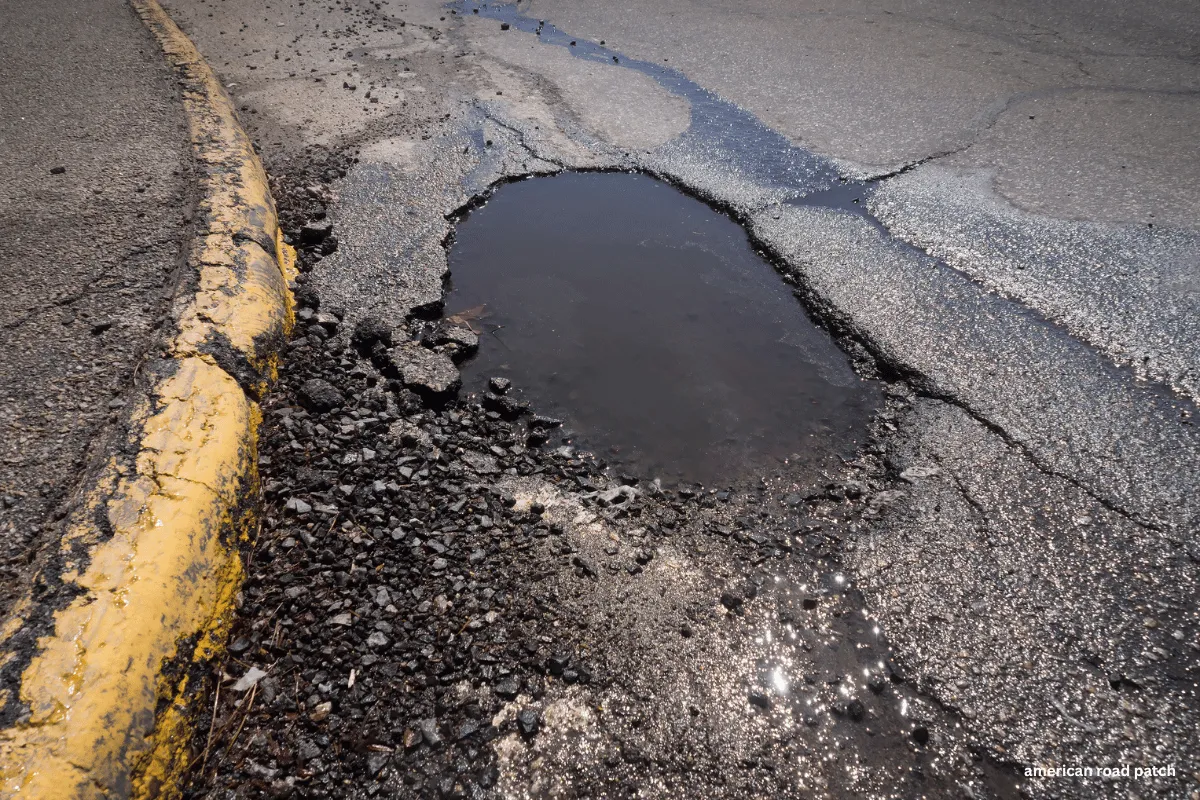
The $7 Million Pothole: A Life Changed, and How It Could’ve Been Prevented
The $7 Million Pothole: A Life Changed, and How It Could’ve Been Prevented
Tragedy on Skyline Boulevard
In March 2017, Ty Whitehead was training his bike in the Oakland hills, riding on a familiar stretch of Skyline Boulevard. His wheel struck a deep pothole, and he was thrown over his handlebars. He went into a coma for two weeks and emerged with life-altering brain injuries and permanent disabilities. KTVU FOX 2 San Francisco
Ty can no longer work. He relies on family support, disability, and Social Security. He says his accident “ended a huge part of my life,” from social connections with fellow cyclists to the health and autonomy he once enjoyed. KTVU FOX 2 San Francisco
This week, Oakland has agreed to pay him a record $7 million settlement, the highest payout yet in its history of pothole lawsuits. KTVU FOX 2 San Francisco
When Infrastructure Fails, People Pay the Price
This case isn’t just about a pothole; it’s about human lives, safety, and responsibility. Here are some key points to keep front of mind:
Cities have legal obligations. In Ty’s case, the California Supreme Court ruled unanimously that municipalities cannot force people to waive their rights to hold the city accountable for hazardous road conditions. KTVU FOX 2 San Francisco+1
Costs escalate quickly. Oakland has paid roughly $34 million in pothole-related legal claims since 2018, more than any other Bay Area city in that span. KTVU FOX 2 San Francisco
The “hidden” cost is human. This is more than dollars, it’s lost independence, medical burdens, emotional trauma, and ongoing care.
City officials acknowledge that Oakland’s deferred road maintenance contributed to the problem; some streets were never paved in decades, and winter rain exacerbates road damage. KTVU FOX 2 San Francisco
What If There Had Been a Better Way?
Here’s where American Road Patch (ARP) comes in, not as a sales pitch, but as a real, proven alternative that can reduce risk for cities and protect individuals like Ty.
Why Traditional Patching Falls Short
Temporary fills tend to break down under freeze-thaw cycles and heavy traffic.
Cracks and gaps re-emerge, creating hazards for cyclists, pedestrians, and vehicles.
Cities end up in a cycle of repeated repairs and increasing liability.
What American Road Patch Delivers
Long-term durability. ARP has been tested to last upwards of 10 years in snow, ice, rain, and extreme temperature swings (see performance data on our website and Instagram).
Proven across conditions. It has been implemented in cold climates, under heavy traffic loads, and in harsh freeze-thaw cycles, and it resists degradation where conventional patches fail.
Cost-effective risk mitigation. Spending upfront on a stronger fix can save cities from the expense and trauma of settlements, lawsuits, and human harm.
A Call to Action
This story isn’t about blaming anyone, it’s about recognizing a preventable tragedy and offering a solution that respects citizens’ safety.
The $7 million settlement is a warning, not just a cost line item.
To city planners, public works leaders, and voters:
You don’t have to let your roads be a liability. Proactive, lasting repair systems exist today.
To the public and civic advocates:
You deserve roads that protect, not provoke danger. You deserve accountability and innovation.
Learn More & Connect with Us
Visit our website: AmericanRoadPatch.com
Follow us on Instagram: @AmericanRoadPatch
Contact us for case studies, trial installations, or to see how ARP has prevented failures in climates just like yours.
We hope Ty’s case reminds us all that infrastructure isn’t just concrete and asphalt, it’s about human lives. Our goal is to bring safety, durability, and dignity to every street we touch.

